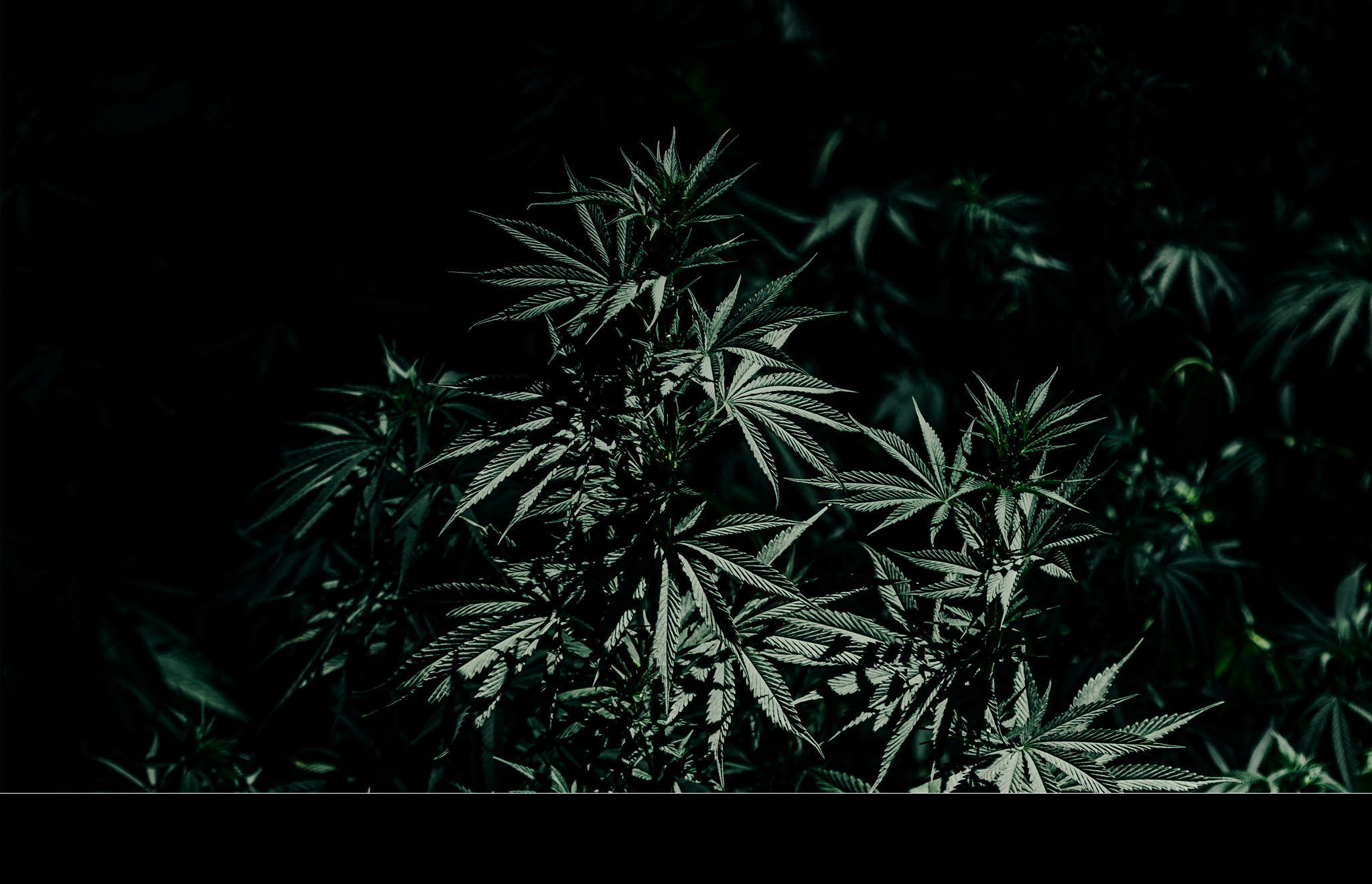Why the concept of terroir matters
for drug cannabis production
GeoJournal
2023
Volume 88, Issue 1, pp. 89-106.
Published online on 30 January 2022
https://doi.org/10.1007/s10708-022-10591-x
Pierre-Arnaud Chouvy
Chargé de recherche au CNRS (Prodig)
CNRS Research Fellow (Prodig)
Abstract:
This article questions how the concepts of terroir and landrace are relevant for the drug cannabis industry at a time when cannabis legalisation and its associated ‘‘green rush’’ pose a growing threat to both the genetic and cultural diversity that is associated with historical small cannabis farming. The article draws on a multidisciplinary approach based on both extensive secondary sources and primary research.
A large and detailed definition work first informs what terroir and landrace are and most especially what they have in common, from the typicity of their end products, to how they owe their existence to geographic remoteness and isolation, and to how tradition and change (or modernity) affect their development and conservation. Defining and connecting terroirs and landraces in historical, anthropological, environmental, and of course chemical terms, makes it possible to determine how cannabis terroirs compare with and differ from other terroirs and plants, based on the rare dual qualities of the plant (being both a food and a drug) but also, given the illegality of its cultivation, on the specific territorial characteristics of its production areas, notably their geographic remoteness and isolation, their politico-territorial control deficits, etc.
The article concludes that acknowledging and protecting cannabis terroirs and landraces matters because it favours the conservation and the promotion of a biological, cultural, and sensorial diversity that has endured illegality and repression but is now threatened by legalisation.
Keywords:
Cannabis , Terroir, Landrace, Typicity, Tradition, Illegality, Legalisation

